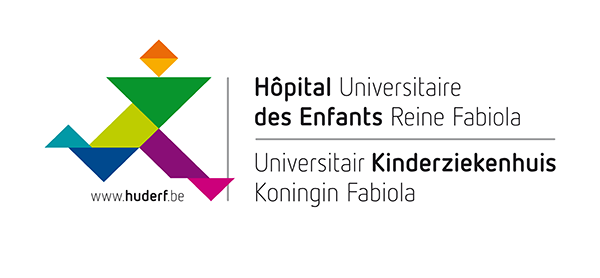Movement laboratory: big data in motion
The assessment of motor function is central in developing a management plan for patients with cerebral palsy. In addition to functional clinical scales, the characterisation of the organisation of posture and movements of each patient can be achieved by the three-dimensional analysis of movement coupled with the analysis of muscle activation and the forces developed during these movements. Movement analysis can be used to make an accurate diagnosis (topographic, functional and physiopathological) of the motor disorder in order to optimise the overall management of the patient by providing a physical therapy programme and possibly the creation of orthosis or prosthesis, intramuscular injection of botulinum toxin, surgery, the setting up of an intrathecal baclofen pump, etc.
In some clinical contexts, successive movement analysis may be needed to clarify the evolution of the motor disorder. In clinical practice, the movement most often analysed is the walk. Recording of the walk is carried out using an optoelectronic system consisting of 6 digital stereoscopic infrared sensitive cameras, producing a three-dimensional reconstruction of the subject being filmed, 2 digital cameras providing synchronised front and profile images, 8 tele-electromyography channels measuring the muscle activities during movement and 2 recording force platforms recording ground force management, including depreciation and propulsion.
Auto-reflecting markers are glued to the skin of patients at standard anatomical reference points. The cameras placed around the scope of the examination send an infrared light and record the reflection of the markers. The computer reconstructs the three-dimensional movements of the markers from the information recorded in real time by the cameras. At the same time, muscle activity is recorded using adhesive electrodes, transmitted by telemetry to the system and integrated into the kinetic data.
This motion analysis is a tool for clinical and basic research on the physiology and physiopathology of movement. In particular, the precise and multimodal gathering of motor parameters can provide scientific data showing profiles that can be statistically analysed, reflecting, for example, the motor control mechanisms specific to a selected population or the effects of various treatments.





